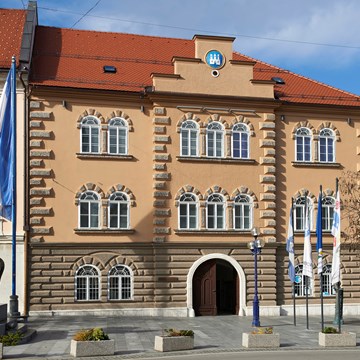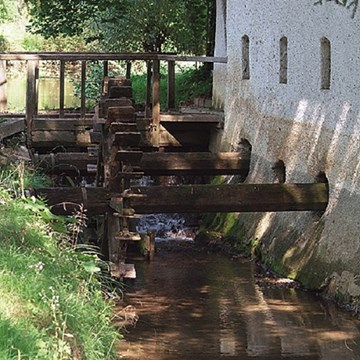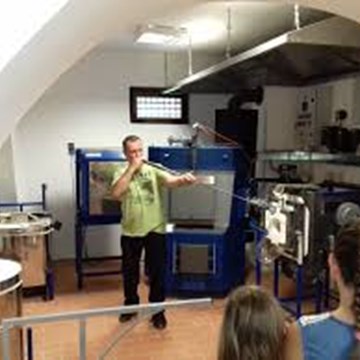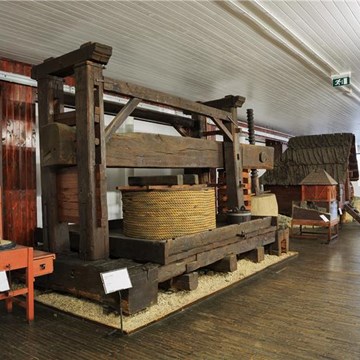Freud Museum London
The Freud Museum, at 20 Maresfield Gardens in Hampstead, was the home of Sigmund Freud and his family when they escaped Austria following the Nazi annexation in 1938. It remained the family home until Anna Freud, the youngest daughter, died in 1982. The centrepiece of the museum is Freud's study, preserved just as it was during his lifetime.
It contains Freud's remarkable collection of antiquities: Egyptian; Greek; Roman and Oriental. Almost 2,000 items fill cabinets and are arranged on every surface. There are rows of ancient figures on the desk where Freud wrote until the early hours of the morning. The walls are lined with shelves containing Freud's large library.
The house is also filled with memories of his daughter, Anna, who lived there for 44 years and continued to develop her pioneering psychoanalytic work, especially with children. It was her wish that the house become a museum to honour her illustrious father. The Freuds were fortunate to be able to bring all their furniture and household effects to London. These included splendid Biedermeier chests, tables and cupboards, and a fine collection of 18th and 19th century Austrian painted country furniture.
Undoubtedly the most famous piece of furniture in all the collection is Freud's psychoanalytic couch, on which all of his patients reclined. The couch is remarkably comfortable and is covered with a richly coloured Iranian rug with chenille cushions piled on top. Other fine Oriental rugs, Heriz and Tabriz, cover the floor and tables.
Exhibitions and events
We don't have anything to show you here.
Educational programs
We don't have anything to show you here.
Collections
We don't have anything to show you here.













